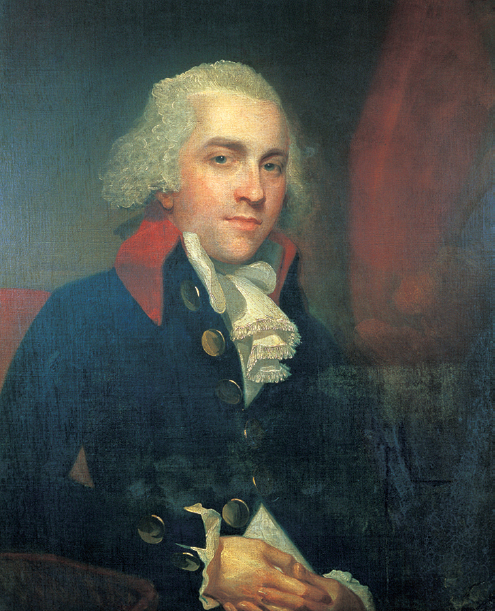Why did the Sugar Act and the Stamp Act draw fierce opposition from colonists?
Printed Page 150

IN 1760, GEORGE III, twenty-two years old, became king of England. Timid and insecure, George struggled to gain his footing in his new job. He rotated through a succession of leaders, searching for a prime minister he could trust. A half dozen ministers in seven years took turns dealing with one basic, underlying British reality: A huge war debt needed to be serviced, and the colonists, as British subjects, should help pay it off. To many Americans, however, that proposition seemed in deep violation of what they perceived to be their rights and liberties as British subjects, and it created resentment that eventually erupted in large-scale street protests. The first provocative revenue acts were the work of Sir George Grenville, prime minister from 1763 to 1765.
CHRONOLOGY
1760
- – George III becomes British king.
1764
- – Parliament enacts Sugar Act.
1765
- – Parliament enacts Stamp Act.
- – Virginia Resolves challenge Stamp Act.
- – Sons of Liberty stage crowd actions.
- – Stamp Act Congress meets.
1766
- – Parliament repeals Stamp Act, passes Declaratory Act.